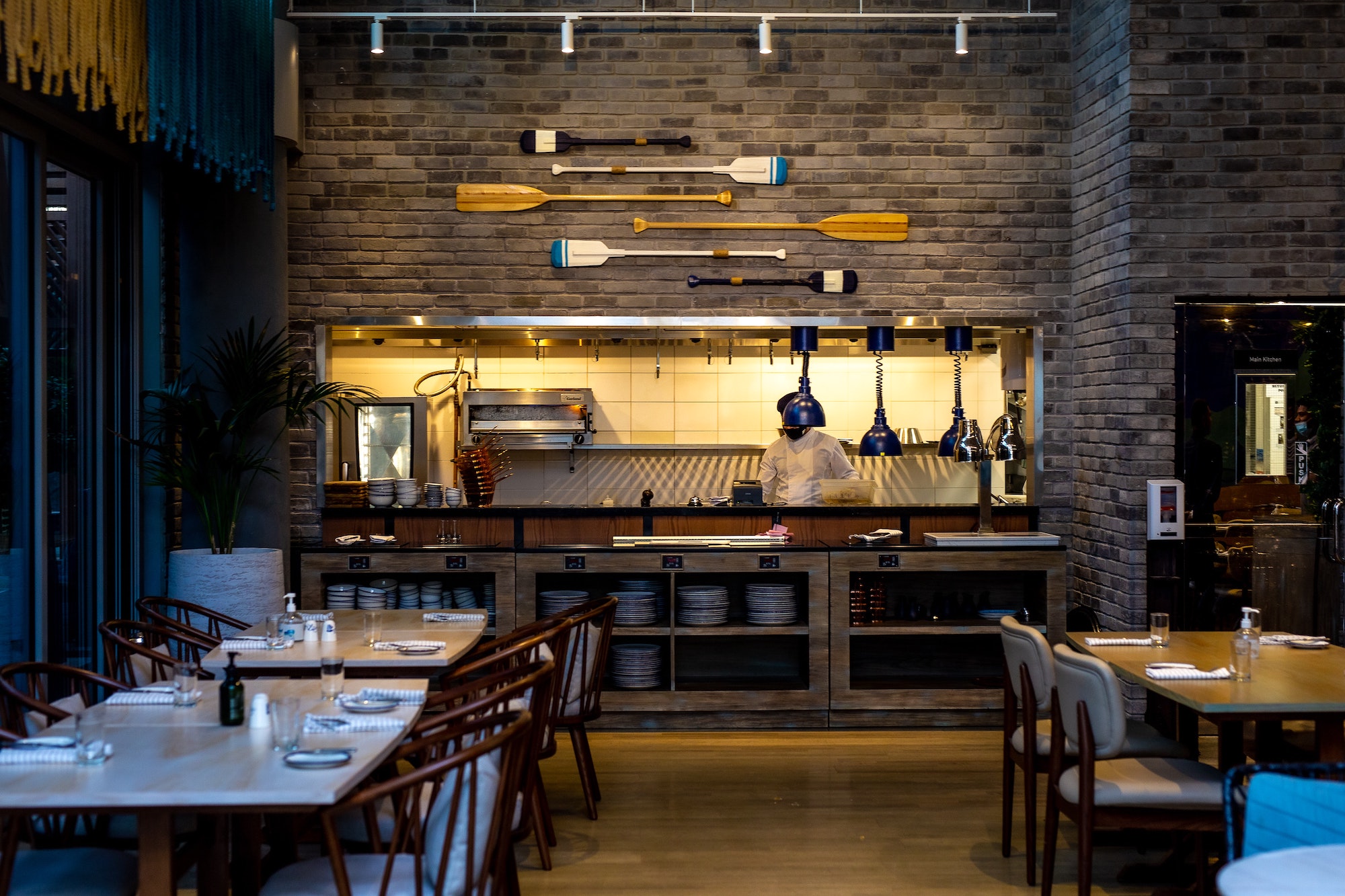In the film “El Somni,” the Roca brothers of El Celler de Can Roca create a dining experience like no other. With the help of 40 artists, the gastronomy giants orchestrated a meal that was synced to an operatic score. Images and figures were projected directly onto the round table where 12 guests, each of different background, from a theoretical physicist to a Bollywood actress, enjoyed the perfectly crafted food served on custom plates. The Roca brothers allowed their guests to experience food with an unprecedented level of emotion.
While we may not be able to enjoy such an exquisite culinary and artistic masterpiece anytime soon, contemporary restaurant design trends certainly aim to add profundity to the dining experience. Mind you, there is more to riding the current trends when it comes to restaurant design. While the hipster aesthetic certainly has its weighty influence, there is more to the field than designing yuppie caves.
Restaurant designer Gabby Lichauco notes that restaurant design changes along with how people dine and experience food. “The space has to be relatable to the food.” This requires designers and owners to be creative and imaginative. “We don’t have these areas in Europe where structures have their own history already and you just build around them. Here, we have to create the environment.”
Restaurant designer Gabby Lichauco notes that restaurant design changes along with how people dine and experience food. “The space has to be relatable to the food.”
Restaurant owners first require a vision. Lichauco’s job, as he aptly put, is to translate these existing ideas. He encourages his clients to express themselves in the language of space and design, where a unique designer chair or smart surfaces speak the mantra of the restaurant owner. He pushes them to challenge the preconceived notion of what a restaurant should look like. On the overuse of patterned tiles, he lets out a heavy sigh. “Just like the food, design always needs to be fresh.” When asked how tradition and innovation could be reconciled in restaurant design, Lichauco advocates the use of local materials and using them in new and innovative ways.
As an industrial designer, he knows how to deal with and manipulate materials to make the space interesting. The importance of material familiarity is underscored when Lichauco comments on the poor acoustics of plenty of dining establishments. Not the first thing that concerns restaurant owners, conversations over the table is also an important aspect of the dining experience. “I study how each piece in the restaurant is assembled and made, paying attention to the quality of the materials,” he says. “But they cannot be too edgy or intimidating; design needs to be relatable. There’s a fine line between the two.”
“I study how each piece in the restaurant is assembled and made, paying attention to the quality of the materials. But they can not be too edgy or intimidating; design needs to be relatable. There’s a fine line between the two,” says Gabby Lichauco.
Bianca Elizade of The Wholesome Table has a similar approach to restaurant design. She wanted to share organic food and was inspired by her lifestyle in the US, and the interiors of her restaurant were inspired by aesthetics she saw in Northern California, San Francisco, and Napa Valley. She was going for the farmhouse feel and sought materials that fulfilled that vision: warm wooden surfaces, iron grates, distressed white tiles, soft lighting.
“I didn’t want to do something that’s already been done,” she insists. “I do not want to look like other restaurants so I scrapped ideas that I saw in other establishments.” Elizade applied her personal design style and expressed her love for the outdoors by having indoor trees. Salvaged wood is also featured in the pieces she had found on the sidewalks of Antipolo, and the French windows and grills create the rustic feel Elizalde was after.
Her dedication to serving truly organic food requires her to apply rigid guidelines for sourcing her ingredients; likewise, the design and feel of her restaurant are clearly a product of her vision. This is what Lichauco means: when a restaurant ends up reflecting the owner’s personality. Restaurant design trends today can be credited to a new breed of inspired and determined restaurateurs, a step up in the field. “People are now more well-traveled and are exposed to different concepts and designs.”
Richard Wagner described opera and the aesthetics associated with it as gesamtkunstwerk or the synthesis of the arts on stage; the Roca brothers took this idea to a whole new level with their carefully choreographed dinner. Likewise, designers like Lichauco and restaurant owners like Elizalde have a Wagnerian element in their work: the synthesis of a vision, the creation of an environment, and a setting that complement the food and enhance the dining experience.





